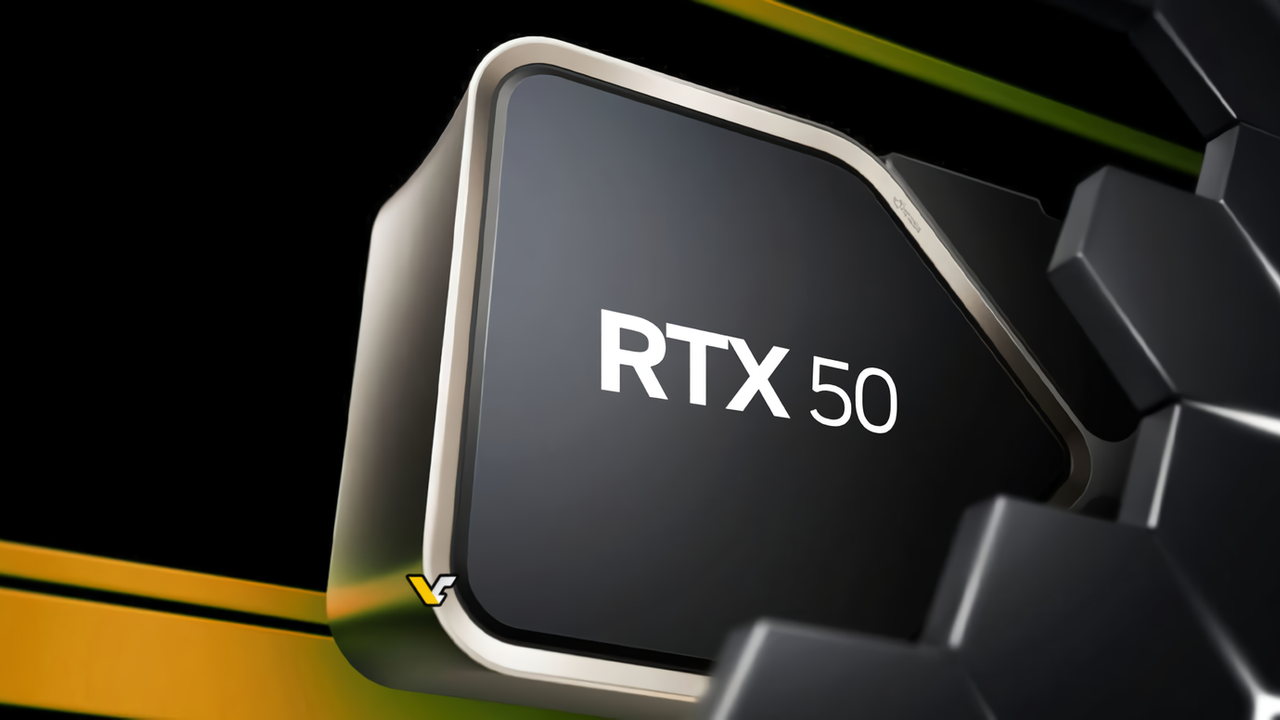The next generation of NVIDIA graphics cards should include a new engraving process… among other changes.
Barring a major accident, the future of NVIDIA graphics cards will be written throughout 2024 with the release of the GeForce RTX 40 SUPER series models and we will have to wait until 2025 for a real new generation.
Indeed, the 50 series also known by the code name Blackwell is not expected for at least eighteen months, but this should not prevent the collection of the first information.
TSMC 3N engraving
Last September, DigiTimes magazine explained that NVIDIA had negotiated a manufacturing contract with TSMC. The Taiwanese company will therefore be responsible for the production of next generation NVIDIA chips as it already does with AMD components.
More interesting, DigiTimes explained that NVIDIA could count – in 2025 – on the best of TSMC technology, namely the engraving process called 3N to indicate a fineness of 3 nm. This is currently TSMC’s most advanced production node, the one which is already used on chips engraved on behalf of Apple.
Information confirmed by VideoCardz who takes the opportunity to add a useful clarification directly resulting from the indiscretions of one of the specialists in the NVIDIA world, Kopite7kimi. While we had mentioned the possibility of using a 512-bit memory bus on the RTX 50 series, today we are talking about 384-bit.
A bandwidth of 1.5 TB/s
Among the other technical specifications mentioned very recently, we will remember the name of the “main” GPU of the 50 series, the GB202 which will therefore follow the AD102 of the Ada Lovelace range.
The latest news is that there would be a total configuration with 192 stream multiprocessors (not to be confused with AMD’s stream processors) for a total of 24,567 CUDA cores at its full potential. NVIDIA would take advantage of this generation change to integrate GDDR7, perhaps at 32 Gbps when the GDDR6X currently used is at 21 Gbps.
This change would result in a bandwidth 50% higher than that of the GeForce RTX 4090, at 1.5 TB/s. Sometimes criticized for its lack of ambition in supporting DisplayPort specifications, NVIDIA would also have the idea of offering DP2.1 on its future GeForce RTX 50 series, as AMD can do today with its Radeon RX 7000.
Interesting details even if they remain subject to caution. In any case, we will have plenty of time to return to the case of this 50 series while NVIDIA will first focus on the SUPER models of the current generation.
In the journey of a gamer or creator, the choice of a graphics card is not one that should be taken lightly. An essential component of a machine designed for gaming or production, the graphics card plays an increasingly important role. Let’s try to guide your choices during this period when all models are quite easily found.
Read more
Source : VideoCardz #1, VideoCardz #2

16